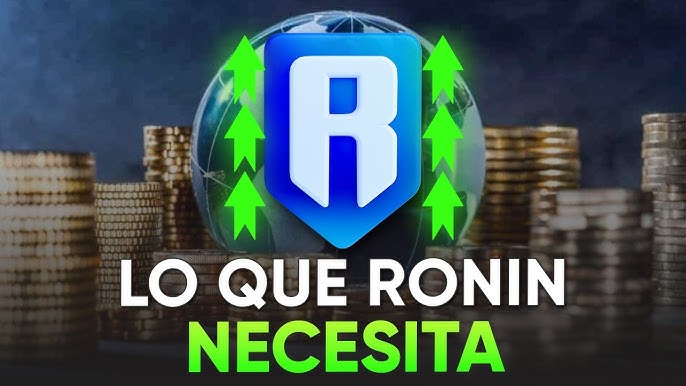The blockchain industry has revolutionized multiple sectors, ronin wallet but few innovations have had the profound impact on gaming that Ronin Chain has achieved. Developed by Sky Mavis, the creators of the immensely popular blockchain game Axie Infinity, Ronin Chain has emerged as a high-performance sidechain designed to overcome the scalability and cost challenges associated with traditional blockchain networks.
In this article, we delve into the unique features of Ronin Chain, its impact on blockchain gaming, and its potential for broader applications.
What is Ronin Chain?
Ronin Chain is an Ethereum-linked sidechain purpose-built to provide a seamless and efficient experience for gaming applications. Initially launched in February 2021, it was developed to address the specific needs of Axie Infinity, whose player base had outgrown Ethereum’s capacity to handle transactions cost-effectively and efficiently.
The Ronin network boasts lower transaction fees, faster processing times, and enhanced user experiences, setting a new standard for blockchain scalability in the gaming sector.
Key Features of Ronin Chain
- Scalability and Efficiency
Unlike Ethereum, where network congestion leads to skyrocketing gas fees and slower transactions, Ronin Chain processes thousands of transactions per second with minimal fees. This scalability is critical for gaming ecosystems, which require real-time interactions and high volumes of microtransactions. - Ethereum Compatibility
Ronin uses the Proof-of-Authority (PoA) consensus mechanism, which allows it to integrate seamlessly with Ethereum. This ensures that assets and data can be easily transferred between Ronin and Ethereum, making it a bridge rather than a siloed system. - User-Friendly Wallet
The Ronin Wallet is simple to set up and use, lowering the entry barrier for players unfamiliar with blockchain technology. This focus on accessibility has been instrumental in driving Axie Infinity’s mass adoption. - Economic Incentives
Ronin introduced RON, its native token, to power transactions and incentivize validators. The token economy is structured to encourage long-term participation and reward users and developers within the ecosystem. - Validator Nodes and Security
Security is a critical concern in blockchain networks. Ronin’s PoA mechanism relies on a limited number of trusted validators to secure the network. While this approach has trade-offs in decentralization, it provides faster processing times and greater efficiency.
Impact on Gaming: The Axie Infinity Phenomenon
Ronin Chain’s most significant achievement is its role in supporting the meteoric rise of Axie Infinity. By solving Ethereum’s congestion problems, Ronin enabled millions of transactions daily within the Axie ecosystem. Players could buy, sell, and trade Axie NFTs and in-game resources like Smooth Love Potion (SLP) without incurring prohibitive fees.
At its peak, Axie Infinity was responsible for billions of dollars in NFT trading volume, with Ronin handling the majority of these transactions. This success underscored the potential of dedicated sidechains in reshaping the gaming industry.
Challenges and Controversies
Despite its advantages, Ronin Chain has faced challenges. The most notable was a security breach in March 2022, where hackers exploited vulnerabilities in the network to steal over $600 million worth of cryptocurrencies. This incident highlighted the risks of using PoA and underscored the need for enhanced security measures.
Sky Mavis responded by improving the network’s security and increasing the number of validators, showcasing a commitment to resilience and trust-building within the community.
Future Applications and Beyond
While Ronin Chain was initially developed for Axie Infinity, its capabilities extend far beyond gaming. The low-cost, high-speed infrastructure can support a wide range of decentralized applications (dApps), including DeFi protocols, NFT marketplaces, and metaverse platforms.
Sky Mavis has also opened Ronin Chain to third-party developers, paving the way for a more diverse ecosystem. By doing so, Ronin aims to become a hub for blockchain-based innovation, leveraging its success in gaming to drive adoption across industries.
Conclusion
Ronin Chain is more than just a blockchain for gaming—it is a case study in how tailored solutions can overcome the limitations of general-purpose networks like Ethereum. By addressing scalability, cost, and usability challenges, Ronin has not only redefined the blockchain gaming landscape but also set the stage for future growth in decentralized ecosystems.
As blockchain technology continues to evolve, Ronin Chain serves as a reminder of the transformative power of innovation, especially when it aligns with user needs and industry demands. Whether in gaming or beyond, Ronin Chain is poised to leave a lasting mark on the decentralized world.


